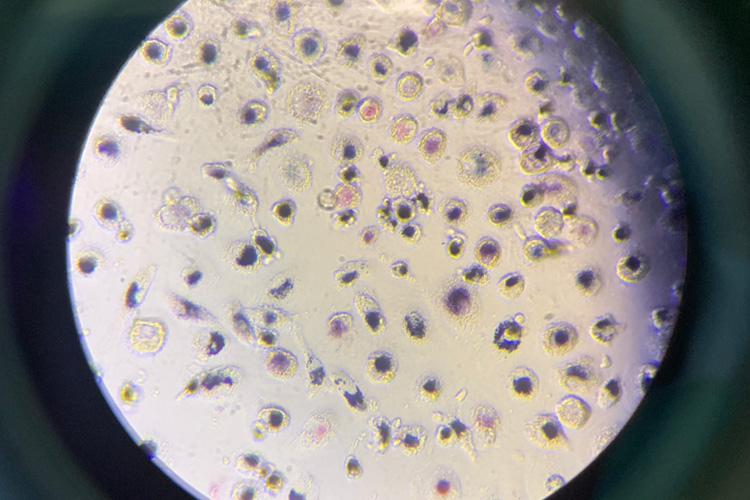
Nano Technology – Small particles, big risks?
Nanoscience as key technology
Nanoscience represents a key enabling technology for the future with great expectations in technology and medicine. This further extends to strategies on demand for improved sustainability of materials and reduced energy consumption required for their entire life cycle.
Communicating risk
Possible hazards and risks associated with nanotechnology are an on-going concern of policy-makers, media and the public. Scientists need to respond to this with full and transparent communication. Risks and uncertainties have to be addressed based on scientific understanding and known hazards. Potential risks have to be put into contexts that are useful for wider audiences.
We present here some general guidelines for communicating risks involving nanotechnologies, based on a workshop developed at the University of Salzburg.
Topics

Nano: What is it?
Nanotechnology refers to all technology that use, explore or manipulate materials at the nanoscale. Nanoparticles are one of the most commonly used nanomaterials in industry and consumer products.

Research topics & applications
Due to their attractive properties, everyone is “surfin’ nano”. Nowadays, nanoparticles are found in all parts of the modern environment. The responsibility of researchers is to understand the possible effects they may have within biological systems.

Risks, crisis & solutions
In which fields a crisis could evolve, how the public will judge a company or organisation and what journalists like and dislike. You will get information and an overview how to deal with journalists – including examples of crisis communication.

Risk workshop
A 3-day workshop with journalists and communication experts was developed to train scientists in theory and practice how to deal with difficult questions, how to communicate things which are not yet known and how to fairly present the state of the art.









